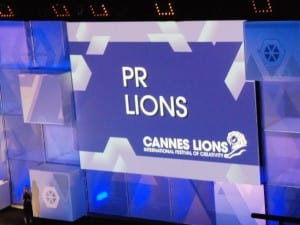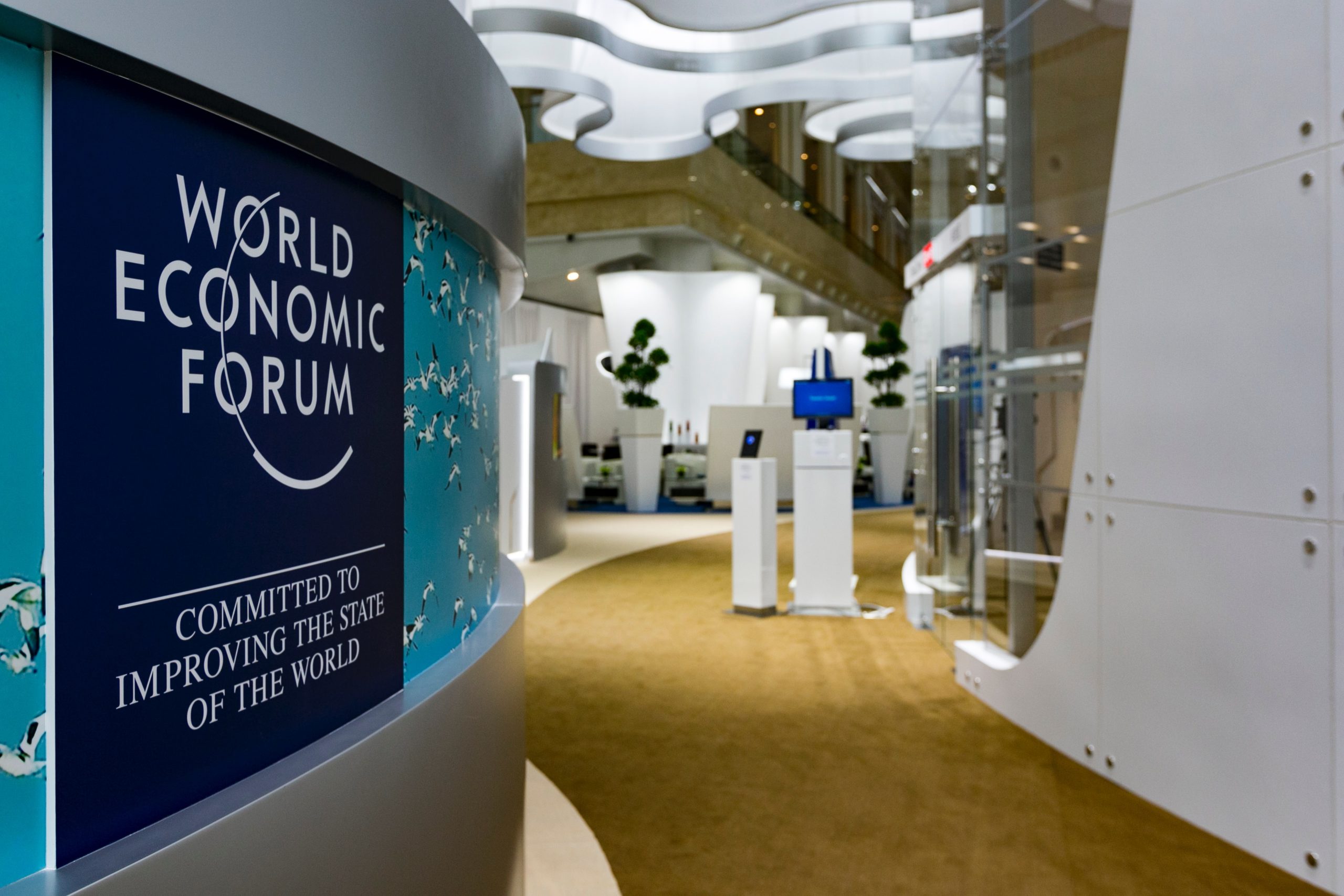 From 1,130 entries to 730 preliminary judging cases to 134 shortlisted cases, the PR Lions results are in. The jury, which I was honored to be a part of, awarded 21 Gold, 22 Silver and 26 Bronze Lions, in addition to an extensive shortlist. (Ketchum Pleon Italy’s campaign for Nestlè Waters, San Pellegrino – “The Pet bottle: Not Refuse, But A Resource” was shortlisted for Corporate Responsibility.)
From 1,130 entries to 730 preliminary judging cases to 134 shortlisted cases, the PR Lions results are in. The jury, which I was honored to be a part of, awarded 21 Gold, 22 Silver and 26 Bronze Lions, in addition to an extensive shortlist. (Ketchum Pleon Italy’s campaign for Nestlè Waters, San Pellegrino – “The Pet bottle: Not Refuse, But A Resource” was shortlisted for Corporate Responsibility.)
There was a tight competition for the Grand Prix between the winning case (Puerto Rico’s “The Most Popular Song”) and the runners-up (“Grazed on Great” and “The Book That Cannot Wait,” from Australia and Argentina, respectively), but in my mind, one of the best campaigns was the amazing “Blood Relations” from the Peres Center for Peace. Created by an Israeli agency, the project created a joint blood bank with donations from both Israeli and Palestinian families that had lost their children to war, under the premise that you cannot kill someone who shares your blood. It was one of those projects that make me proud to be a part of the PR industry.
The basis for all the awards we gave stemmed for the qualities we agreed to look for when we first started judging. Campaigns had to:
- Have a purpose
- Demonstrate measurable results
- Be innovative and creative
- Include dialogue with stakeholders beyond media relations
- Show genuine engagement (in other words, they could not simply be created simply for the sake of winning awards)
Surprisingly, there were few disagreements. Category after category, we laughed, we cried and were entertained. Real values showed up again and again – from the Down syndrome campaign that created copycat versions of famous ads with the stars replaced by actors with the condition, to an amazing campaign called “No Rights, No Women,” that turned Lebanese women into men for a day.
There was, of course, an extensive use of social networks and technological gimmicks, including not one but two refrigerators: one that tweeted and one filled with beer that only opened after everyone completed their time-sheets. It wasn’t always easy to distinguish a great gimmick or stunt from a fully fleshed-out campaign, but we hope we succeeded in doing so.
Overall, the experience was invaluable, and I have plenty of learning’s and trends to share with clients and colleagues.
One final note: It’s important to recognize that the majority of work recognized in the PR category was created by ad agencies. If we on the PR side of the business want to change that, we need to start thinking about next year’s Cannes Lions right now. The criteria listed above highlights the way to a winning campaign – so take these lessons and start applying them to all of your work.


